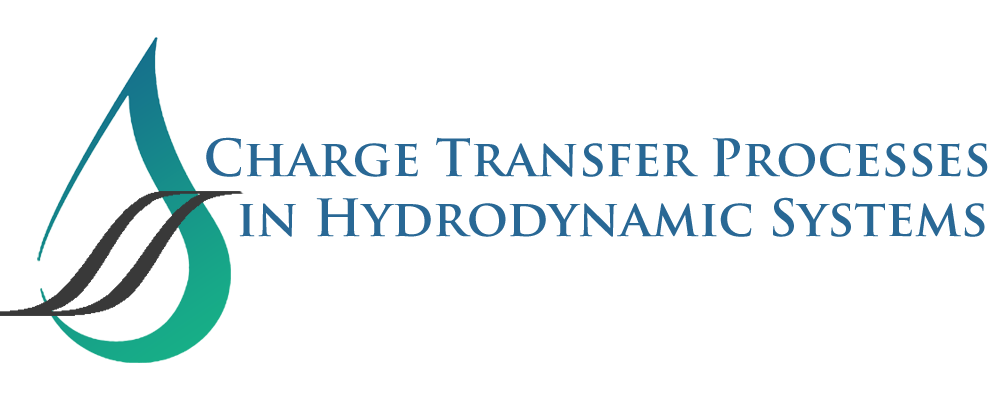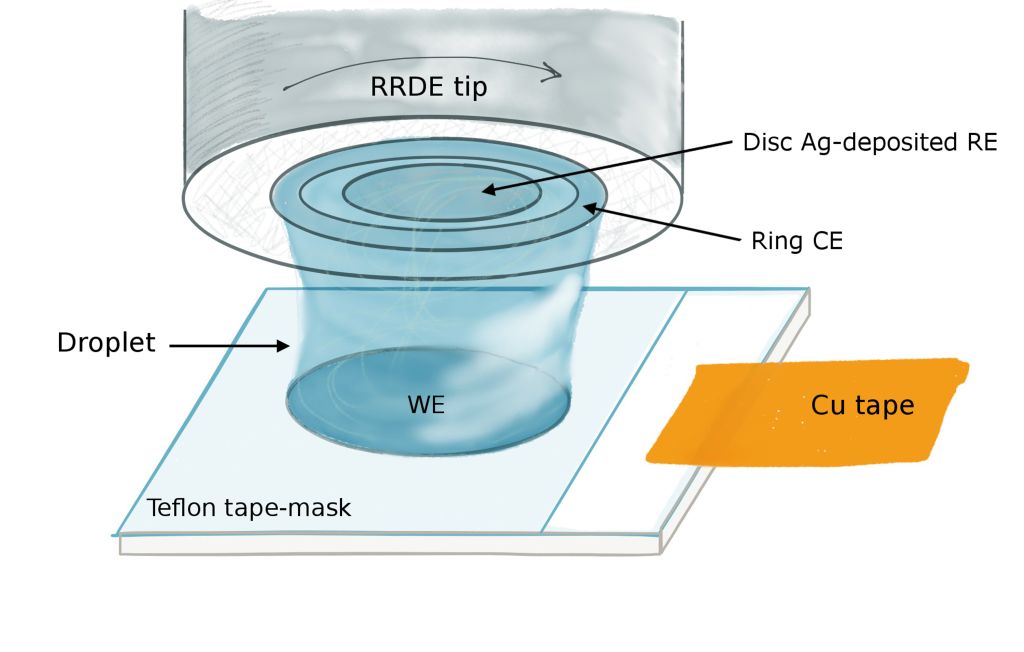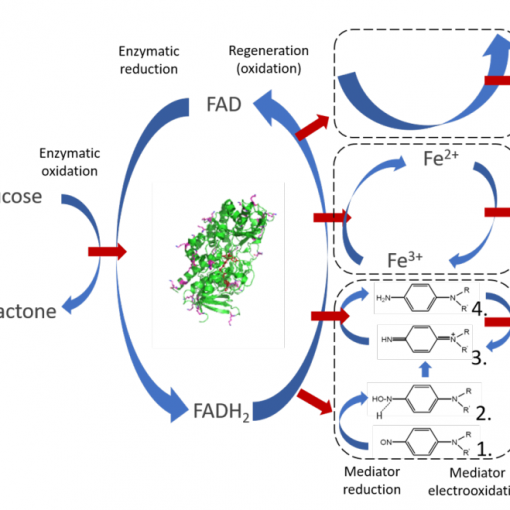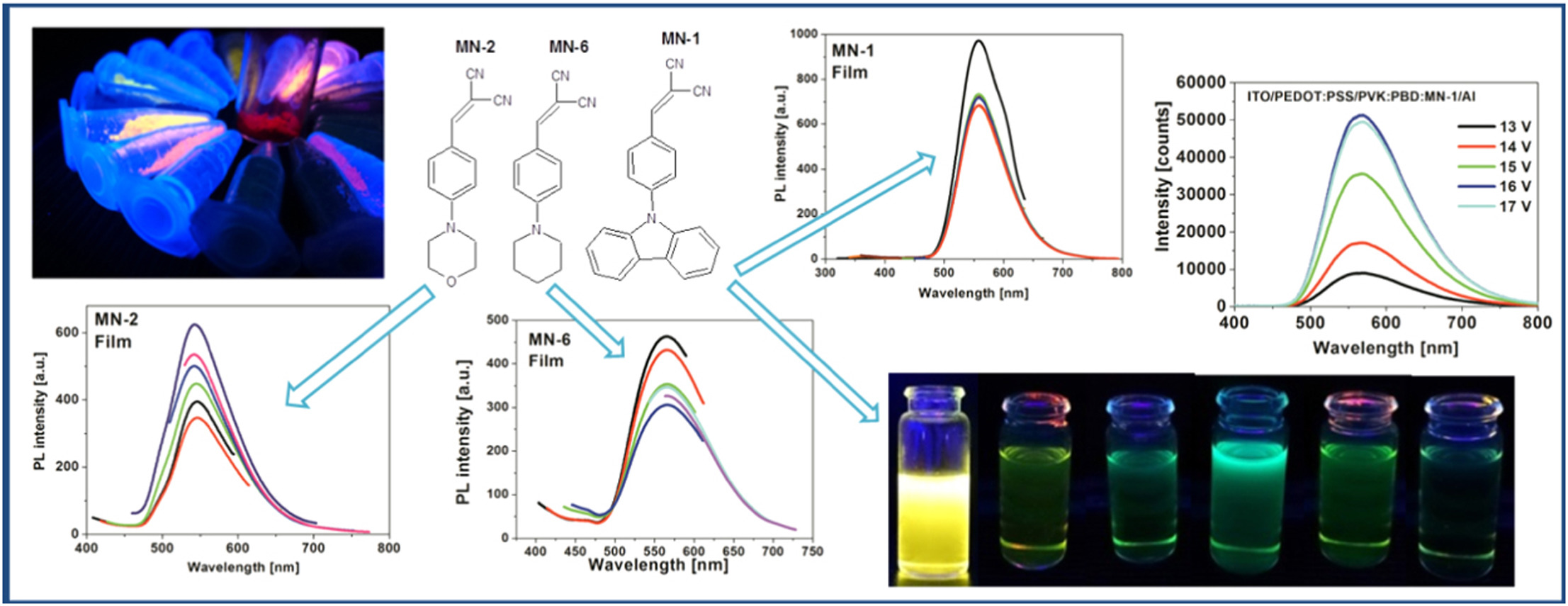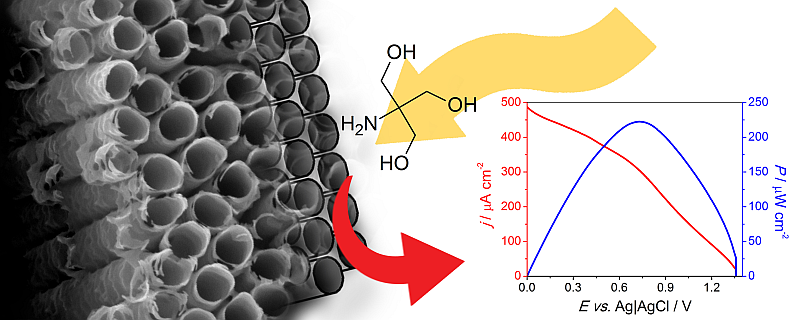Marta just had her first paper published. She prepared SERS-active substrates for a study using Raman spectroscopy to identify pathogens in food.
Results described in the article (with a title so long that an abstract in not really needed) show that surface-enhanced Raman spectroscopy (SERS) combined with principal component analysis (PCA) can be a fast and easy method for detecting food-borne bacteria (Salmonella, Listeria monocytogenes, Cronobacter) in different types of food samples (salmon, eggs, powdered infant formula milk, mixed herbs). Standard ISO procedures routinely used 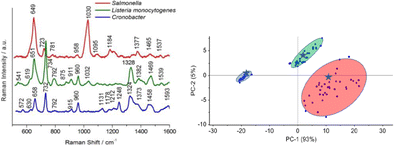 in laboratories are time-consuming while the proposed SERS-based approach makes it possible to reduce the time of analysis from almost 144 to only 48 hours.
in laboratories are time-consuming while the proposed SERS-based approach makes it possible to reduce the time of analysis from almost 144 to only 48 hours.
Additionally, PCA analysis allows statistical classification of the studied bacteria and gives the possibility of identifying the spectrum of an unknown sample. To obtain the SERS spectra novel SERS platforms were used-Ag@FTO. Those substrates consist of silver nanoparticles electrochemically deposited on FTO. Presented research should open a new path in microbiological diagnostics however further research and validation with other types of bacterial species are still needed.
The paper is published in Analytical and Bioanalytical Chemistry and is freely available as open access.
